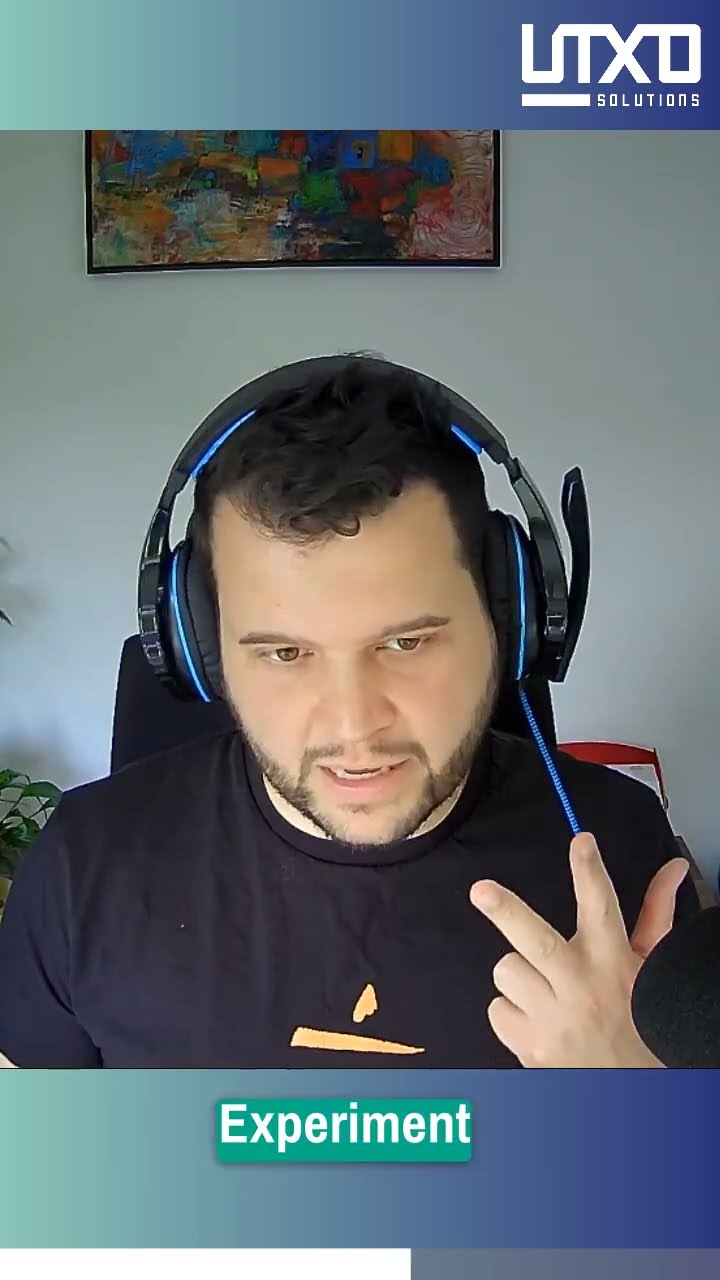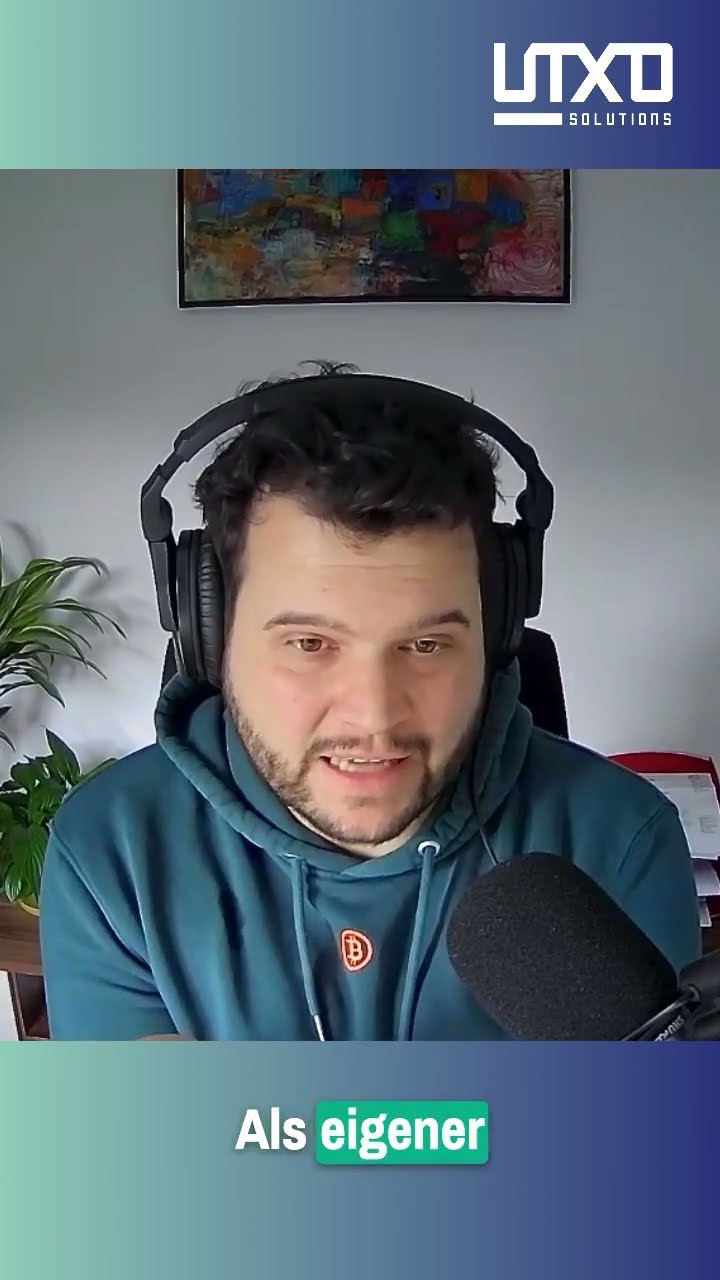
How to achieve product language fit
Even if you have the best product, nobody will buy it, unless they understand the value it provides. Talking about your product in this way is called product language fit.
Join your customers discussion
Imagine you are at a party. There is a group of three people talking about something. You go there and the first thing you say is:
“Hi, my name is XYZ and I am really great at repairing things. This is especially intersting to you, because everybody needs to get things fixed. Is there something, that you need repaired?”
What would the reaction be? Not so friendly I guess. Yet, this is how many companies try to sell or advertise. Coming into a room, shouting a predefined message and hoping for the best.
The sensible thing to do would be:
- Join the group
- Listen to the ongoing discussion
- Verify, that you understand the discussion (You are talking about xyz?)
- Listen some more
- When a natural break occurs and you have something relatable to share, share it.
- Let the conversation evolve naturally.
- If you add value to the conversation, people will like you more
No surprise, this is how you should do it in business as well. Join a group. Listen. Understand the topic. Show interest. Get invited in the conversation. Add value.
Of course, this is harder to do then just run around and shout your message. Especially with social media, there is an imbalance of sending and recieving. But it’s more effective as well.
Product language fit means, that you understand 2-5 well enough, to summarize them in a few words.
In the party scenario above, this would be:
- You join the group with a beer in your hand
- You raise your beer, say “Cheers, to the great game”
- They know, that you understood their discussion before joining
- They treat you like a group member.
It’s not just the language but the context as well
If you’re at a soccer field and someone passes you a ball, kicking it is a valid reaction. If you are in a cafè, not so much. Product language fit is not just about the right words. It’s about understanding the context as well. The context does a lot of talking for you. Thus you need to convey less message.
To understand, where to go to talk about your product, you need to understand, the value it brings to people. People play soccer on a field, but they talk about soccer in a bar. If you want to sell soccer balls, the library is obviously the wrong place. But the bar is the wrong place as well.
Even the field could be the wrong place, as people playing usually already have a ball. The demand is there, but it’s already satisfied.
The different stages of product language fit are
Buying something follows different phases. The first few are:
- Passive looking - If a ball comes your way, you notice it
- Active looking - You are looking for a ball, as you want to teach your son how to play
- Making a decision - Choosing which ball to buy
Language and context have to match the phase your customers are in.
A father in the passive looking phase might be thinking about outdoor activities for him and his son. He might be at an indoor playground. If you hand him a soccer ball and say “this ball has amazing quality abc and costs only xyz” he will shrug it off.
If you tell a father at the soccer field with his son, that soccer could be a great family activity, he will shrug it off. But reverse, both make sense.
If you want to understand the language and the context for your product, you need to talk with your customers. If you do, you can identify where to talk to them about what, so they can love your product.
It’s a matter of understanding, extraction and application.







